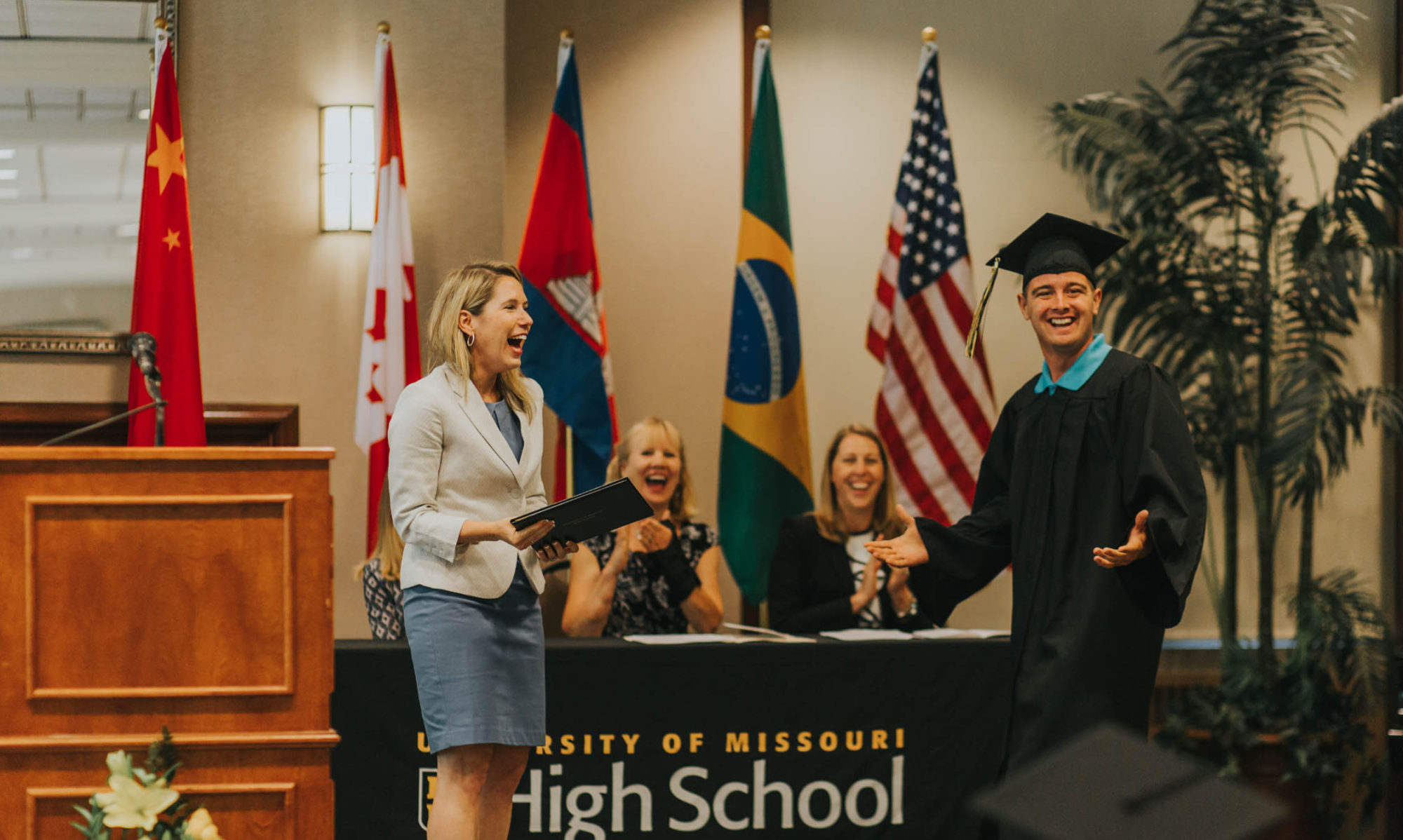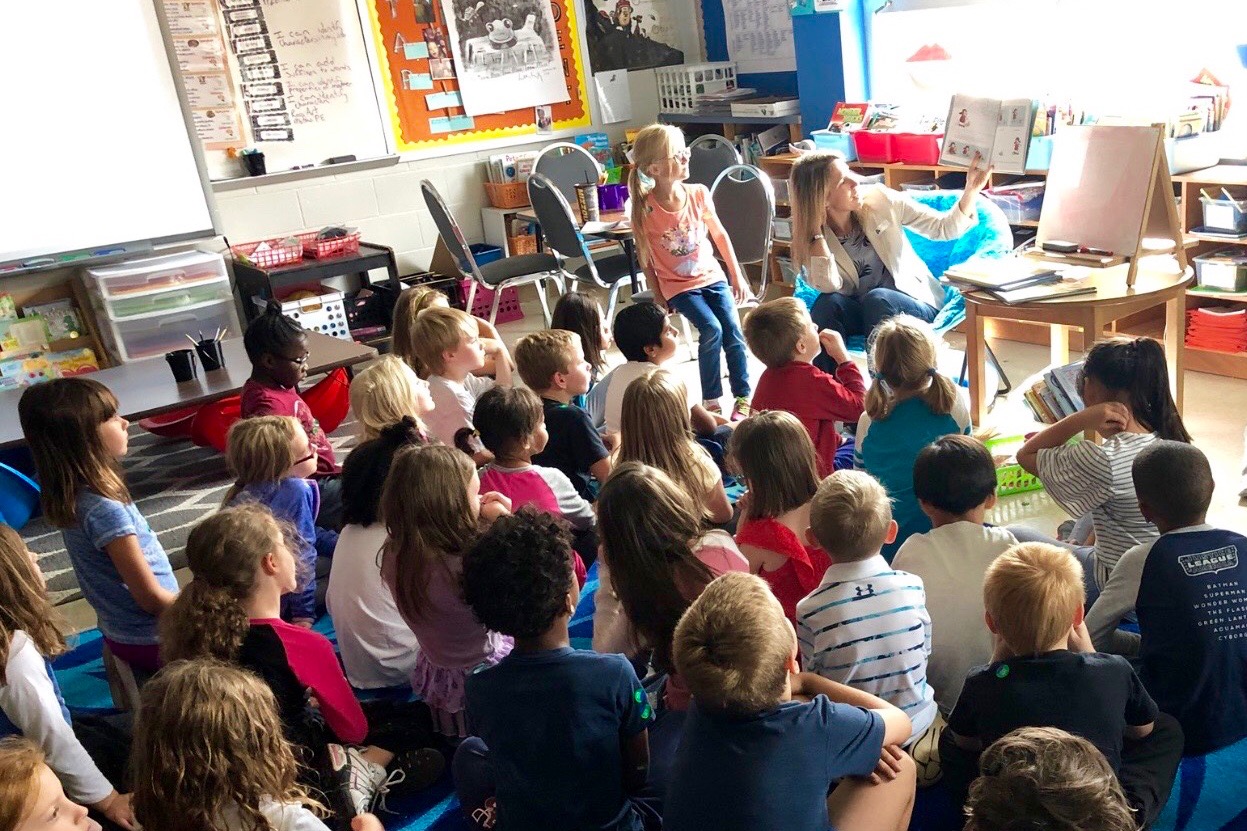Lessons from our early-elementary classrooms
I recently spent a morning working with and learning from first, second, and third graders at my daughter’s elementary school. As a high school and middle school principal, it’s been awhile since I’ve asked someone to sit criss cross applesauce or posed a question and watched as every hand in the room shot up. There’s nothing quite like that enthusiasm.
I also believe that young children are wired for inclusion. Throughout my career in education, I have been constantly inspired by the ways young children are quick to make friends with peers who are different from them.
This doesn’t mean they don’t see differences, it just means that these differences seldom impact who they choose to color with, kick the ball with, or build a huge tower out of multicolored blocks with. It also doesn’t impact who they choose to give a hug to or receive a hug from.
I have been thinking a lot about inclusion, elementary education, and the lessons we
can learn from neurodiverse student populations. My first teaching position was in an
early elementary classroom for students with disabilities. This position taught me
everything I know about teaching. When we launched our program, I was teaching in
what is called a “self-contained” classroom. The idea was that all of my students’
learning would “be contained” inside this classroom.
I had other ideas.
Learning should never be contained to the four walls of a classroom. I also didn’t want
our class to be isolated from the broader school community. Therefore, I sought out
every opportunity possible to make sure my students were included with their peers in
the general education first-grade program and that those first graders were reciprocallyincluded in our classroom.
Thanks to some critical colleagues who partnered with me on this endeavor, we
adopted new collaborative approaches to managing our class rosters. We said yes to
huge integrated projects like painting a mural or recording a CD together, and we took
numerous field trips to learn outside of the classroom. These experiences made us
better educators, and with hope, they made us better human beings too.
Do you want to learn more about inclusion? Spend time with a diverse group of young
children, preferably during free play or art.
Will young children ask questions about why their friends are different? Of course.
They ask questions about everything. Maybe they haven’t yet had a friend with
physical disabilities or a friend who uses assistive technology. However, their curiosity
is usually satiated with a simple, straightforward answer. This helps me talk; these help
me walk; this helps my weaker eye grow stronger. A few words saying this is who I am
and what I need is usually all it takes for children to get back to the important business
of playing, learning, and making friends.
That we could we all be so wise.
With hope, Dr. KFW


This has eased my mind so much about teaching young children. Although I am on track to teach high school-aged children, teaching young children is not off the table yet. And I’m always a little afraid that young children have a predisposition to discriminate against or bully those who are different than them, but this article is helping me realize that they may just be curious. And they just need to be pointed in the right direction.